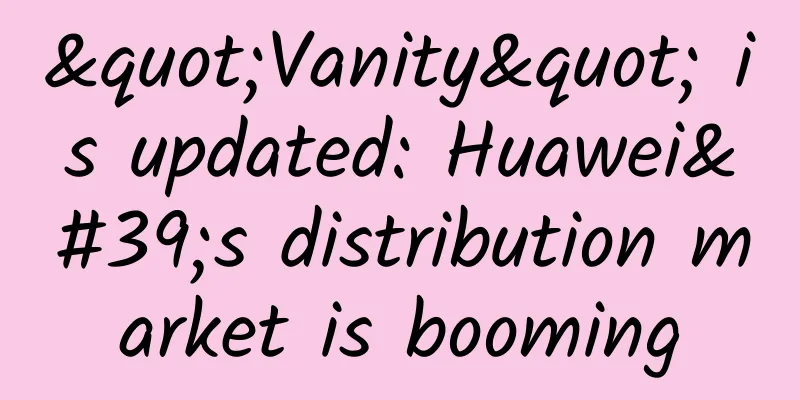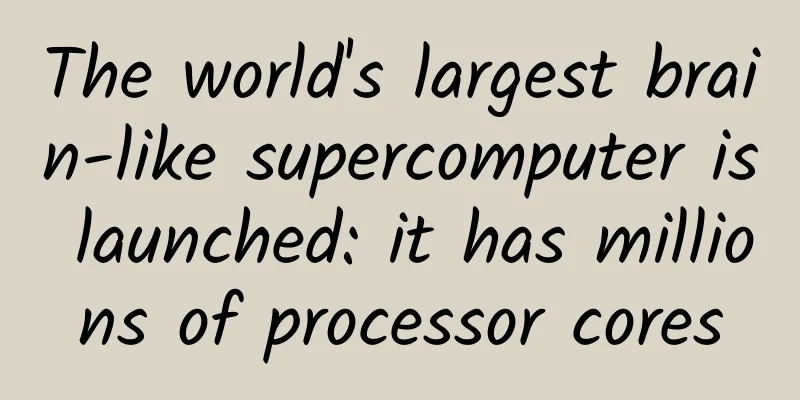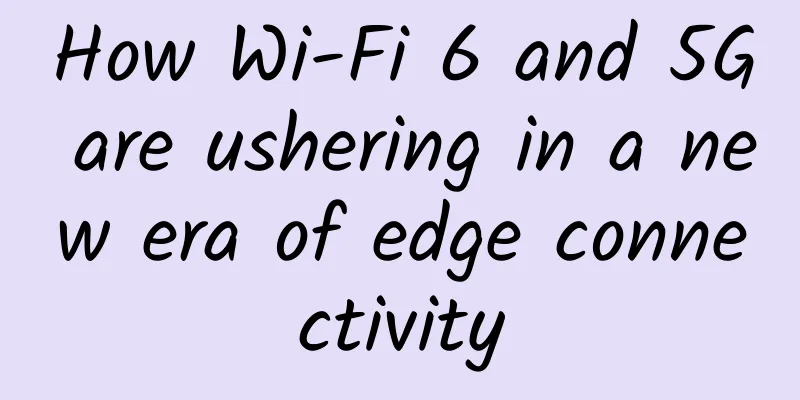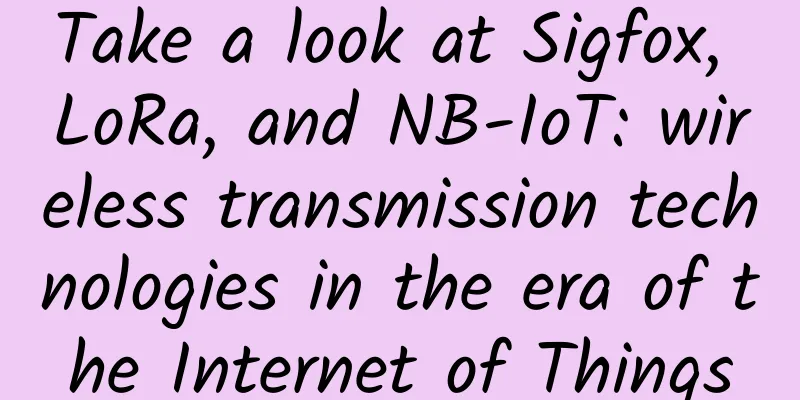How will 6G change the workplace?
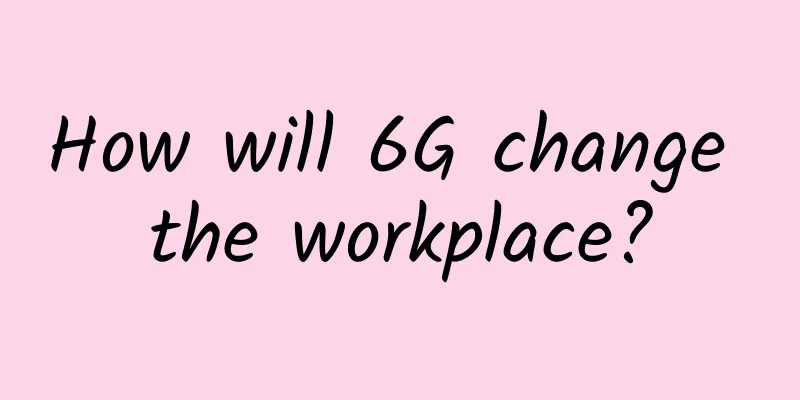
|
The next generation of connectivity is coming, promising lightning-fast speeds that will change the way people use their devices. However, 6G’s innovations are about more than just speed. The next generation of technology will go far beyond the capabilities of 5G, opening the door to a multitude of use cases that are unimaginable today. In the business sector, 6G will be a game changer for the metaverse, enabling holographic meetings without the need for headphones. More broadly, 6G has implications for industrial settings, where it will greatly increase productivity in factories, allowing machines to be used even when workers are not on site. It’s still early days, but 6G’s potential is so great that Nokia’s CEO Pekka Lundmark predicts the technology could make smartphones obsolete. Lundmark said that when 6G arrives in 2030, “the smartphone as we know it today will not be the most common interface,” adding that “many of these things will be built directly into our bodies.” Although 6G is still in the early stages of research and standards have not yet been established, the possibilities of this technology are undoubtedly exciting. What will widespread 6G look like?The current generation of cellular technology, 5G, offers higher bandwidth and lower latency, supporting use cases including massive Internet of Things (IoT) and virtual reality (VR). When 6G is eventually launched, it is expected to be 100 times faster than 5G, at around 1,000 Gbit/s. Nokia's 2021 white paper, "Extreme Massive MIMO for Macro-Cell Capacity Boost in 5G-Advanced and 6G," details how the mid-spectrum bands that carry 6G networks will provide approximately 20 times more capacity than the 5G 3.5GHz bands. Futurist Bernard Marr said that in addition to speed, 6G will be "a fully integrated system that allows instant communication between devices, consumers and the surrounding environment." He added that 6G-enabled enterprise technology will "change the way companies process information, communicate, make decisions and train employees." With that in mind, 6G use cases include holographic transmission — described by Microsoft as “3D capture technology that allows for the reconstruction, compression and transmission of high-quality 3D models of people anywhere in the world in real time” — and large-scale digital twins. Sylwia Kechiche, principal enterprise analyst at Ookla, said this could reshape the way people interact with each other at work. She paints a picture of meetings taking place in virtual spaces, with digital representations of people and relevant things. “This immersive work can enable optimal levels of efficiency and productivity; a vast array of sensors will be constantly sending information, which will be combined with contextual data,” she envisions. “Real-time analysis can then be performed, while looking at past events, to help resolve issues by recommending the best course of action.” Jessica Ellis, applied 5G leader at Deloitte, said online experiences should become even more powerful as 6G rolls out. She gave the example of the metaverse. “With extended reality like this, users can imagine walking down a virtual street, witnessing lifelike people, entering well-known businesses, and participating in interactive experiences. These advances will blur the line between virtual and real to an extent we cannot yet fully comprehend.” As 6G becomes more widespread, the business world and the way we work, meet and network will begin to change. Ellis added that online meetings could see full moving holograms of each other beamed into the room. Instead of spending hours in a 2D Zoom or Teams meeting, people will meet in 3D digital spaces, and virtual characters will have "real" eye contact and express body language in real time, Marr said. "If we need to have a one-on-one meeting, we can simply switch all participants out and find a quiet virtual space to connect." 6G will have the ability to allow hundreds of millions of users to access multiple different metaverses in parallel at the same time. Meanwhile, photorealistic 3D graphics will be rendered “almost instantly,” said Rohit Talwar, futurist and CEO of Fast Future. “This means that banking assistants will be able to see a customer’s entire account history and resolve complex service issues and needs face-to-face within the Metaverse.” Marr said that with the help of 6G, employee training will also evolve through immersive virtual reality and augmented reality (AR) experiences. Major upgrades between 5G and 6G5G has already enabled a range of use cases, including IoT applications in transport, healthcare and agriculture. 6G will further support this, increasing productivity and efficiency – particularly in industrial use cases. In industrial settings, 6G will achieve nanosecond latency using adaptive metamaterials, including surfaces that can become part of the network, said David Lessing, director of network operations and research at ISG University. Ellis said there will likely be more robots on factory lines that will communicate with logistics and the entire supply chain. This could reduce operating costs and save time, as well as reduce environmental impact. Derek Long, head of telecoms and mobility at Cambridge Consultants, added that smart and autonomous machines enabled by 6G technology will reduce the need for manpower in industrial environments, allowing employees to work remotely. "As people move from the shop floor to the control room, the environment becomes safer," he told IT Pro. "The shop floor can be reconfigured because people won't be so engaged, machines will be placed closer together, and production lines will be designed around efficient flow." The vision of smart cities, where all public services are integrated, could also become a reality when 6G enters the fray. “Autonomous vehicles could expand – especially emergency service vehicles and logistics for long-distance travel – without the risk of withdrawal,” Ellis predicts. Meanwhile, 6G will change the way you commute by managing extreme traffic in future cities through real-time 4D maps, including self-driving cars. “Your journey will be improved with the help of high-precision sensors in vehicles and base stations that navigate and provide you with the fastest, most comfortable commute possible,” Marr explained. Marr went on to say that multiple verticals will benefit, but 6G in particular will revolutionize healthcare. "With lightning-fast data transfer speeds, we will have smart sensors floating in our bloodstream, monitoring and measuring every aspect of our health. These connected devices will continuously collect data and analyze information to make recommendations and predict health issues before they arise." The scale of the predictions is huge, but the future of 6G is not set in stone, and no one knows exactly what the technology will look like when it becomes dominant circa 2030. While 6G could open many doors for businesses and employees, the reality may still be some way off. In fact, 5G's rollout has been rather slow so far, and many of its use cases are still not reaching their full potential. |
>>: 5G and WiFi6 technologies are driving the development of the Internet of Things
Recommend
Did China's three major telecom operators suffer losses from being delisted from the New York Stock Exchange?
As spectators, we naturally think that the Americ...
Wang Xiaochu: Prepare for 5G and avoid making the same mistakes as in the 4G era
Recently, Wang Xiaochu, Chairman and Chief Execut...
Justhost has launched its 22nd node in Türkiye, with 200Mbps unlimited VPS starting at $1.73 per month
Justhost.ru recently launched its 22nd VPS node: ...
spinservers: $99/month-E3-1285v5/32GB/1TB NVMe/10Gbps/San Jose data center
Last week we shared the news that spinservers is ...
With the momentum of the rise in the 4G era, TDD technology is once again joining the global 5G competition
5G enables new opportunities and can create new b...
Σco Time | Huawei releases iSitePower intelligent site energy to accelerate industry digitalization
[51CTO.com original article] Since the outbreak o...
Choosing the right communication mode for your IoT project
Before you embark on a new IoT project, you shoul...
RAKsmart: Cloud server flash sale starting from $1.99/month, Hong Kong/Japan/Korea/Germany/US data centers
RAKsmart's cloud server and VPS host flash sa...
New space age opens opportunities for edge computing
Satellite communications are starting to become f...
The outbreak of 5G still cannot prevent the overall decline of the mobile phone market
In this year hit by the epidemic, sales in the mo...
Under the new IT operation and maintenance model, full-stack traceability helps you solve application performance monitoring problems
[51CTO.com original article] In 2016, Gartner cha...
Blockchain is booming, why haven’t the giants entered the market yet?
The popularity of blockchain is due to the emerge...
Interviewer: What are the common HTTP request headers?
[[401820]] This article is reprinted from the WeC...
Network slicing will become the ideal architecture for 5G, but commercial deployment still faces multiple challenges
The 5G era is coming, and applications based on m...
What is fog computing and how does it relate to the Internet of Things?
Fog computing is a distributed collaborative arch...
